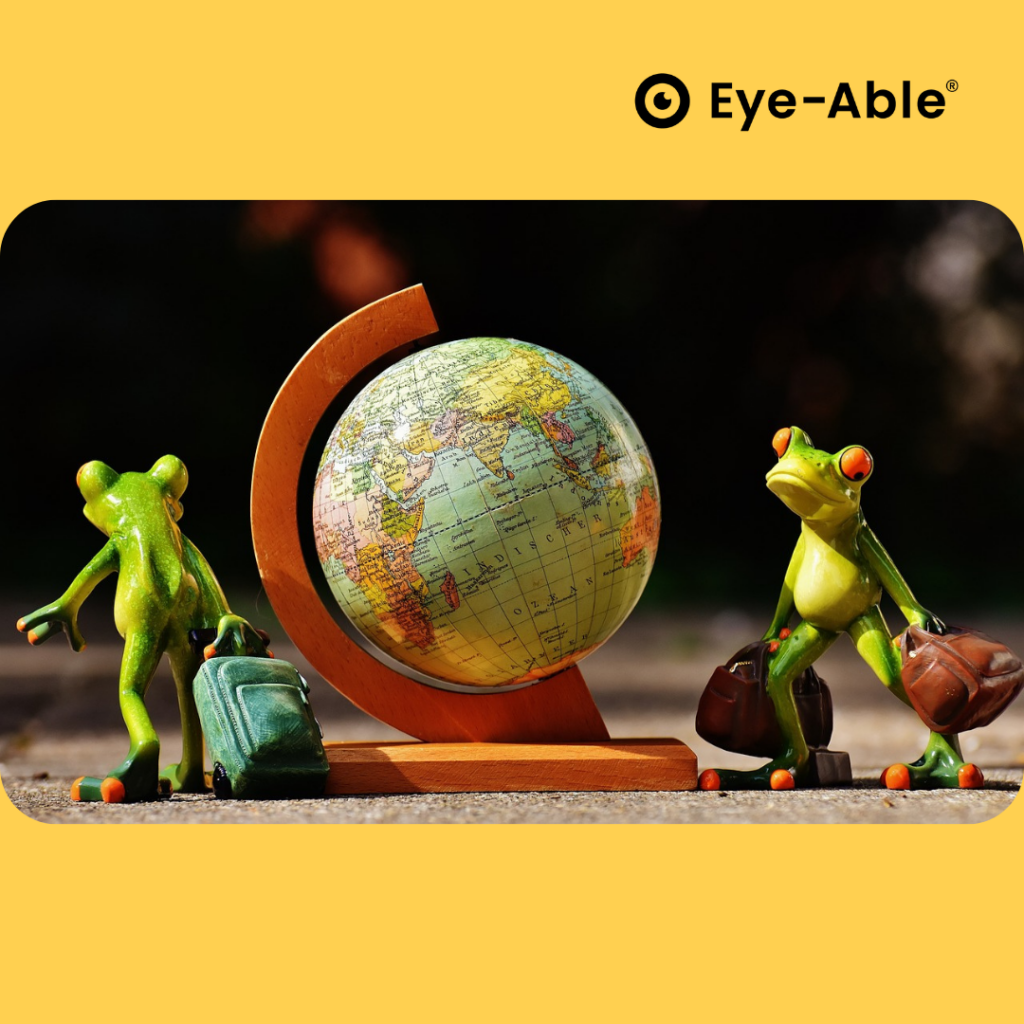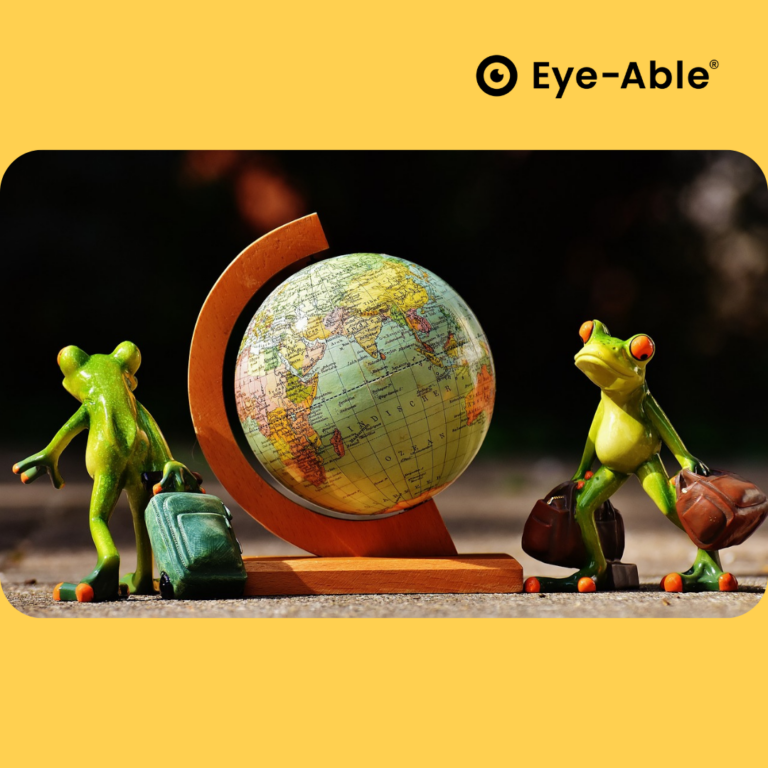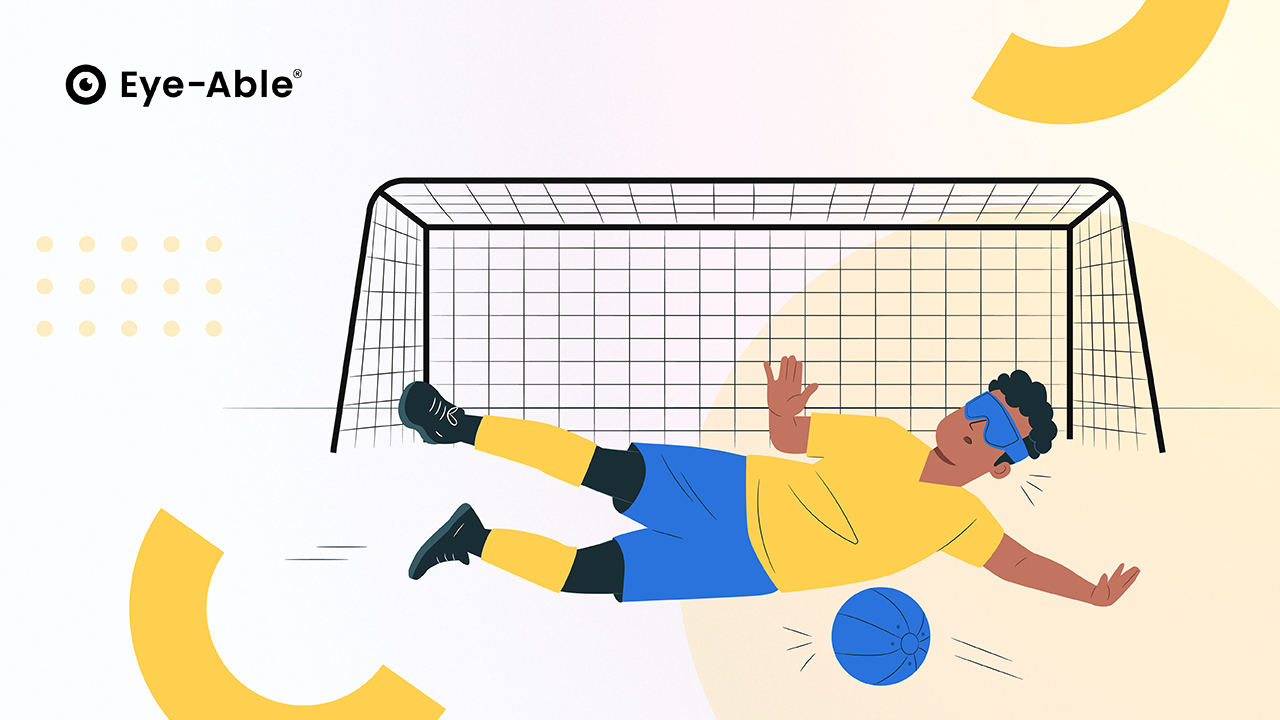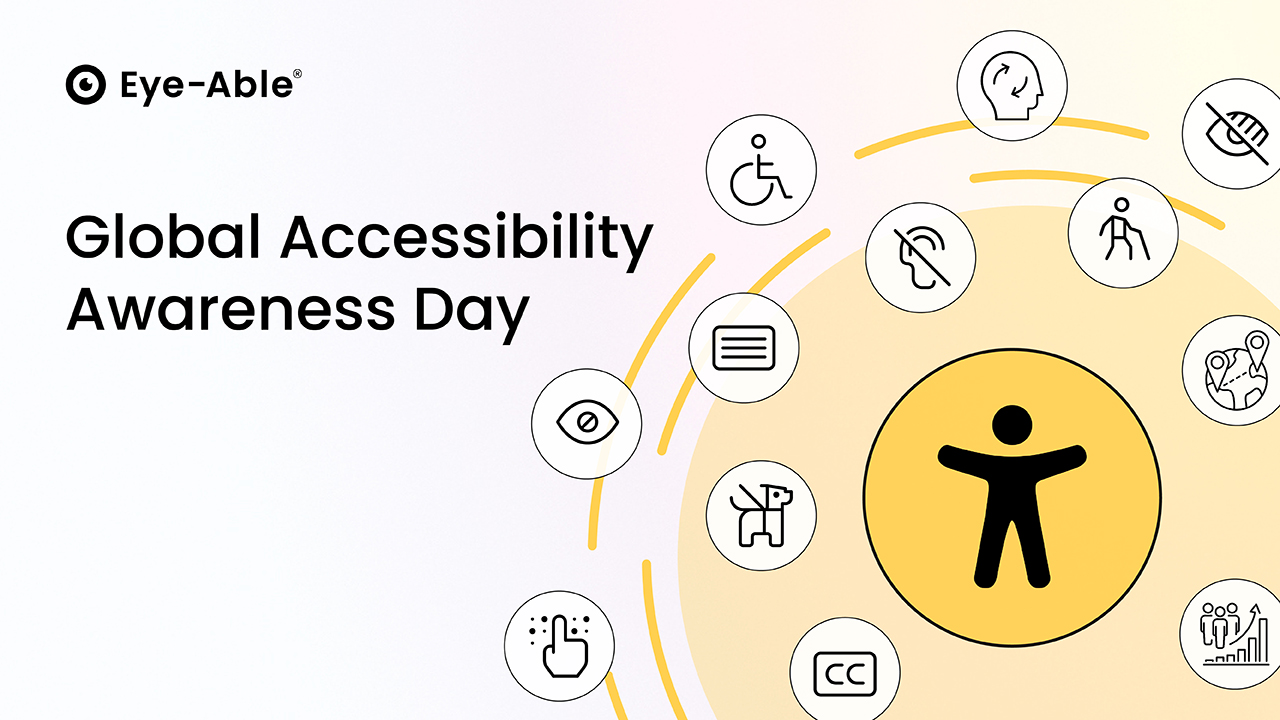Whether by bus or train: Viele people travellike to travel to warmer climes during the cold months. Everyone should also equally have the opportunity to do so, because traveling is freedom that all peoplenpeople are entitled tos. However, it is more problematic for some than for others; and that, due to inadequate barrierfreedom.
1. long-distance bus travel: On the road to greater accessibility
Long-distance buses are an affordable and flexible option for many travelers. In terms of accessibility, many companies have made progress in recent years. Accessible entrances, reserved spaces for wheelchairs and accessible toilets are now standard... Or are they? Since 2020, all long-distance coaches must offer two spaces for wheelchairs.
However, the fact is that many long-distance coaches still do not provide this service. It is often not easy to board with a wheelchair and only a few buses have accessible toilets. Unfortunately, there is no clear rule on this. In addition, there are still no regulations as to whether bus stations must be barrier-free.
In general, travelers with disabilities have the following rights:
- If your severely disabled person's pass shows the B mark, you can take an accompanying person with you free of charge.
- People with visual impairments may have a guide dog with them.
- Aids such as a wheelchair or walking aid may be taken along free of charge.
This must be observed: Accompanying persons, assistance dogs or aids must be registered with the bus company before the journey.
2nd train journeys: Setting the course for inclusion
Train travel is often considered to be particularly comfortable and relatively well positioned in terms of accessibility. Many stations are now equipped with ramps and elevators, and most trains offer barrier-free compartments.
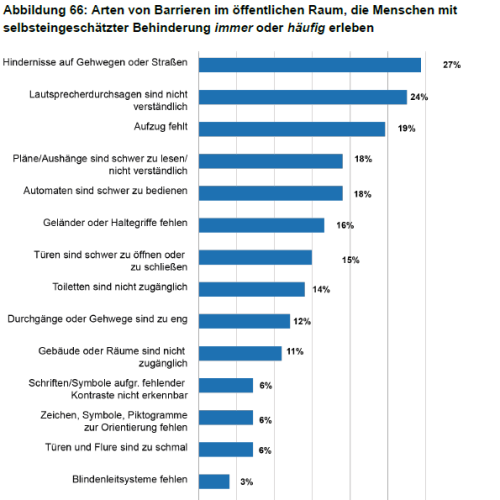
Source: Third Participation Report of the Federal Government on the living conditions of people with disabilities.
BUT:
From the third participation report of the Federal Government on the living conditions of people with disabilities from 2021 shows that, among other things, incomprehensible loudspeaker loudspeaker announcements continue to be a problem.
Almost 1/5 of those surveyed also criticized the lack of elevators, the fact that the signage is difficult to understand and that the ticket machines are difficult to use.
But many improvements have also been achieved have been achieved.
So for example around 78% of stations are accessible without steps and platforms are equipped with tactile guidance systems . equipped.
A uniform accessibility standard for all stations and trains, could be a great help here, to ensure a consistent experience.
By the way:
A major barrier for both bus and train travel is obtaining information.tion. The websites with the relevant information are often hardly or not at all accessible. How can this be solved? You can probably already guess.
The tools from Eye-Able® can be downloaded here Ahelp here. With Eye-Able Assist®, Audit® and Report® can overcome the digitaln barriers on websites can be overcome, improving the travel experience for all!
There arend much progress towards barrier-free travel have been made. Nevertheless there is still very much room for improvement. Close cooperation between transport companies andn and governments iis crucial to create an inclusive travel experience for all. Much remains to be done on the road to inclusion, but every step is a step in the right direction.


